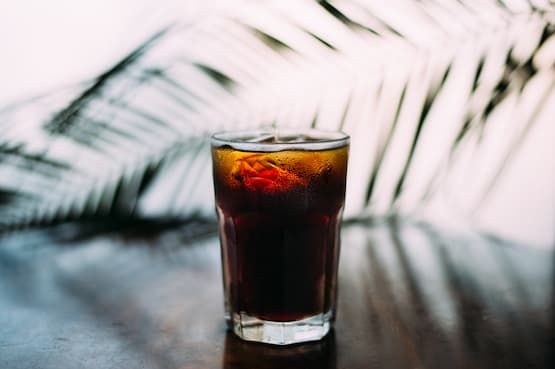Monash University Study Finds Sugary Drinks Tax Could Prevent Decay And Increase Health Equity
A national Australian tax on sugary drinks could prevent more than 500,000 dental cavities and increase health equity over 10 years, a Monash University-led study has found.
Published in Health Economics, the collaboration with Deakin University and the University of Melbourne found that over 10 years, a 20 per cent sugar-sweetened beverage tax (SSB) had overall cost-savings of $63.5 million from a societal perspective.
The direct healthcare savings were $42.2 million, with 510,977 decayed teeth and 98.1 disability-adjusted life years – a measure of healthy life lost through premature death or disability due to illness or injury – averted.
Under a lifetime scenario for the current population until death, overall societal cost-savings were $176.6M, and direct healthcare savings $122.5 million, with 1,309,211 decayed teeth and 254.9 disability-adjusted life years averted.
“Our study demonstrates a 20 per cent tax is cost-effective to prevent dental caries and is likely to increase health equity because the cost-savings and health benefits occur for populations from lower socioeconomic advantage,” the authors found.
However, convincing governments and industry to implement it was a “major barrier”. The authors concluded that advocacy efforts should be directed at the Australian government “with a health equity lens, and with industry stakeholders”.
A single serve of a sugar-sweetened beverage (375 mL) has an average of 39 grams of free sugars (Food Standards Australia & New Zealand, 2019).
Study author Mr Tan Nguyen, an oral health therapist and Monash University School of Public Health and Preventive Medicine PhD candidate, said SSB taxes had increased prices and decreased consumption internationally.
Mr Nguyen said Australia had no such taxes and research from an oral health prevention perspective was limited. This was only the second study published on dental caries.
“What is different is our dental caries model breaks it down by level of socioeconomic advantage,” Mr Nguyen said.
“To date, economic evaluations of Australian dental programs are scant. This is despite many interventions demonstrating clinical efficacy from Cochrane reviews, such as fluoride varnish, fissure sealants and the use of stainless-steel crowns rather than conventional dental fillings for deciduous (baby) teeth.”
Mr Nguyen said globally, the burden of oral diseases was significant, yet oral health was often excluded from evidence-based public health policy. He said previous Australian simulation modelling (Sharma et al., 2014) had shown such a tax would have varied impact on consumption, body weight and tax burden depending on household income.
“The major contributors impacting quality of life due to oral diseases are tooth decay, advanced gum disease, and severe tooth loss caused mostly by caries and gum disease,” he said.
“Poor oral health is highly prevalent in the Australian population and impacts mostly on vulnerable people.”
The study was Australia’s first to use ACE, a priority-setting method to inform health interventions that has been used in fields such as cancer, obesity and mental health. ACE encompasses economic theory, ethics, social justice, practical experience lessons and decision-makers’ needs.
This study investigated the cost-effectiveness of interventions for oral disease prevention, which can be implemented or scaled-up in Australia. It found the two major barriers to a sugar-sweetened beverage tax were lack of federal government support and industry pushback.
The new findings follow a 2019 paper published in The Lancet, ‘Oral diseases: a global public health challenge’, which concluded a radically different approach was needed to tackle the global challenge of oral diseases.
Mr Nguyen’s collaborative research demonstrated that limiting the availability of dietary free sugars through legislation, such as a 20 per cent SSB tax, had a high degree of certainty as a cost-effective strategy, but the Australian context needed further investigation.

